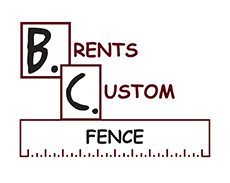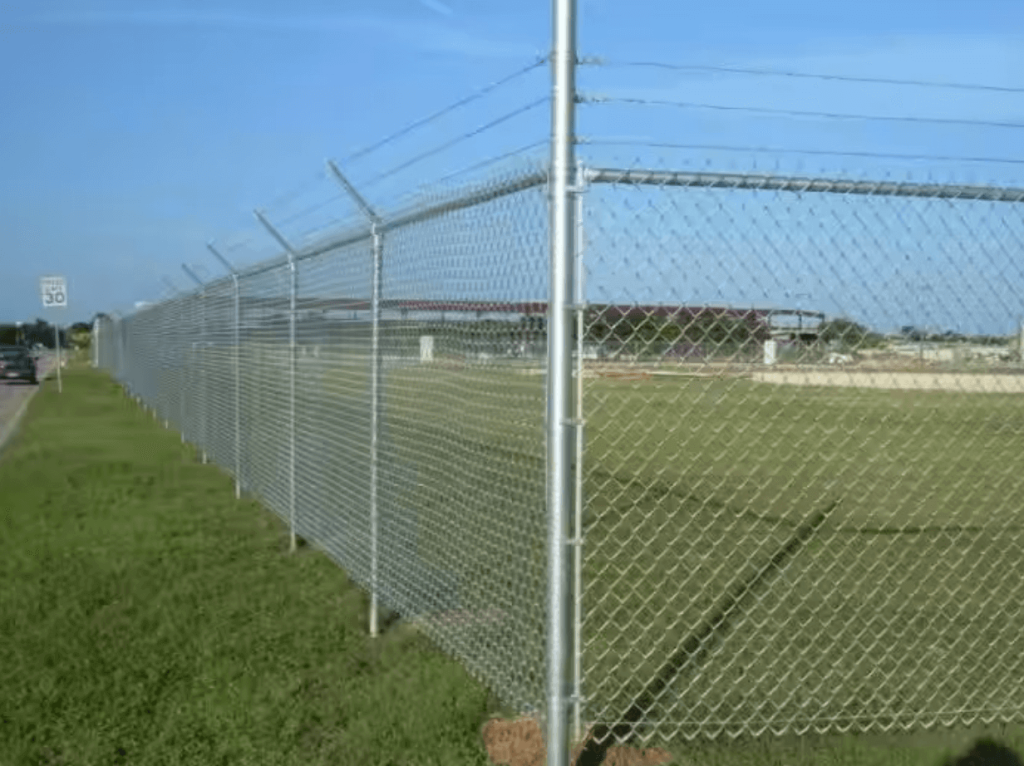Commercial fencing is essential for safeguarding businesses against various threats, particularly crime. As security concerns grow, businesses are recognizing the critical role that fencing plays in crime prevention. This guide delves into the core functions of commercial fencing, highlighting how it acts as both a deterrent and a barrier against criminal activities.
Deterring Crime Through Physical Barriers and Psychological Impact
The primary function of commercial fencing lies in its ability to prevent criminal activity through robust fencing solutions. By creating a physical barrier, it restricts access to unauthorized individuals, making it more challenging for criminals to breach the property. A well-constructed steel fence signals to potential intruders that the area is secure, discouraging them from attempting entry.
The fencing design also plays a critical role in deterring crime. For example, tall fence panels with pointed tops, barbed wire, or anti-climb coatings not only restrict access but also serve as a psychological deterrent. The mere presence of such barriers increases the perceived risk for intruders. A commercial ornamental fence, while aesthetically pleasing, can also effectively discourage unauthorized entry by combining elegance with security.
Visible security measures, such as surveillance cameras and warning signs, amplify the psychological impact of types of commercial fencing. These elements reinforce the message that the property is well-protected, especially when paired with sturdy options like a chain link fence.
Enhancing Access Control and Supporting Surveillance Systems
Commercial properties often require controlled access to enhance security. Types of commercial fencing are instrumental in managing entry points, guiding both foot and vehicle traffic to monitored areas. This structured approach makes it easier to track movements and prevent unauthorized access.
For high-security areas, businesses can integrate fences with advanced features such as electronic gates, card readers, or biometric scanners. A fence company specializing in fencing products can provide tailored solutions for industries dealing with sensitive materials or valuable assets.
Fencing also supports surveillance systems by funneling activity to critical points, allowing security cameras to focus on areas of interest. This synergy between fencing solutions and surveillance creates a robust security network that’s difficult for intruders to navigate.
Safeguarding Valuable Assets and Ensuring Personnel Safety
A secure steel fence or chain link fence not only protects physical assets but also ensures the safety of employees and customers. In industries like construction or manufacturing, outdoor assets such as equipment or building materials are often vulnerable. High-quality fencing products can provide the protection necessary to deter theft and vandalism.
Additionally, fencing design can mitigate environmental risks, such as vehicle intrusions or accidental trespassing, by clearly defining property boundaries. For businesses near busy roads, fence panels can prevent vehicles from straying into restricted areas, enhancing overall safety.
Meeting Compliance Standards and Reducing Insurance Risks
In some industries, perimeter security is mandated by law. Investing in commercial fencing that meets regulatory requirements ensures compliance and avoids penalties. Moreover, insurance providers often reward businesses with robust security measures by offering reduced premiums. High-quality fencing products act as proactive risk mitigators, making them a cost-effective security investment.
Customizable Fencing Solutions for Long-Term Security
To maximize security, businesses should choose the right materials and fencing design based on their specific needs. Popular options include steel fences, pool fencing, and commercial ornamental fences, all of which offer varying levels of security and aesthetic appeal.
Regular maintenance is essential to maintain the effectiveness of commercial fencing. Inspections for damage, rust, or wear should be routine, with prompt repairs to ensure optimal performance. A reliable fence company can assist with periodic assessments and recommend upgrades to address evolving security challenges.
Best Practices for Using Fencing in Crime Prevention Strategies
To enhance the effectiveness of commercial fencing, consider these strategies:
- Integrate Fencing with Other Security Measures: Combine fencing with surveillance cameras, alarms, and motion-activated lighting for a comprehensive security network.
- Adopt CPTED Principles: Use Crime Prevention Through Environmental Design (CPTED) strategies like clear sightlines and lighting to deter criminals.
- Engage the Community: Build strong ties with local businesses and residents to foster collective vigilance against suspicious activities.
- Conduct Regular Security Assessments: Periodic evaluations ensure that the fencing solutions remain effective and aligned with the business’s security needs.
Conclusion
Commercial fencing is a cornerstone of effective crime prevention for commercial properties. From acting as a physical barrier to complementing surveillance systems, the right fencing enhances security while reducing risks.
Protect your assets, employees, and customers with tailored fencing solutions. Contact B.C. Fence today for expert advice and high-quality fencing products designed to meet your unique needs.
FAQs
How does commercial fencing compare to other security measures like cameras or alarms?
While cameras and alarms notify you of intrusions, commercial fencing prevents them. A robust fence acts as the first line of defense, especially when integrated with other measures.
What are the most secure types of commercial fencing?
Durable options like steel fences and chain link fences are highly effective. Additionally, features like anti-climb coatings and electronic gates enhance security.
How does the design of commercial fencing impact security?
An optimized fencing design deters criminals by being tall, durable, and strategically placed. A commercial ornamental fence offers both functionality and aesthetic value.
Does commercial fencing require regular maintenance?
Yes, routine inspections and repairs ensure longevity and effectiveness. Engage a reliable fence company to keep your fencing in top condition.
Can fencing help with insurance costs?
Yes, insurers often reduce premiums for businesses with robust security measures, including high-quality commercial fencing.

